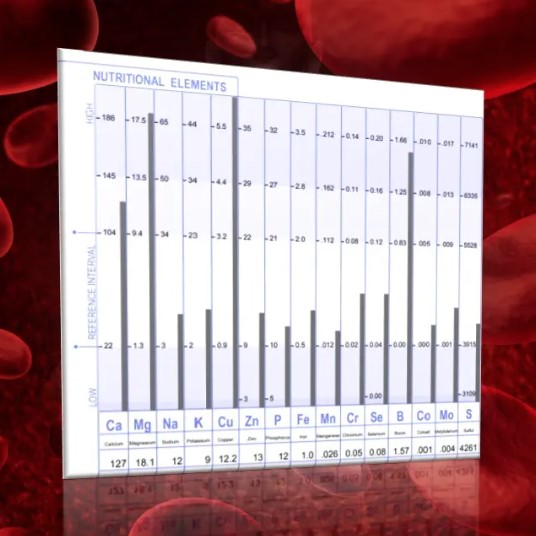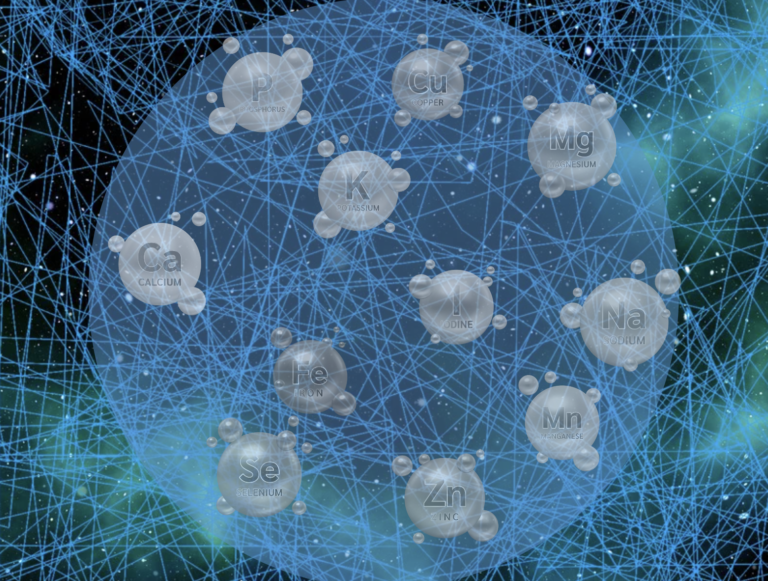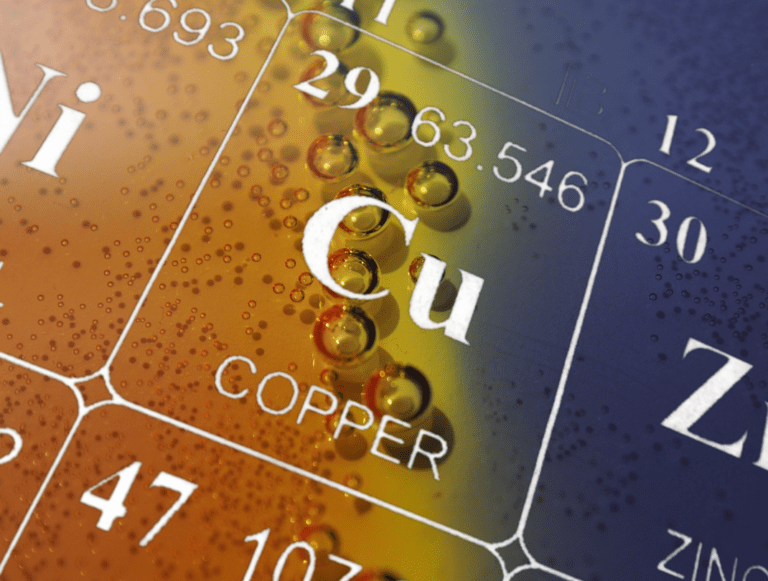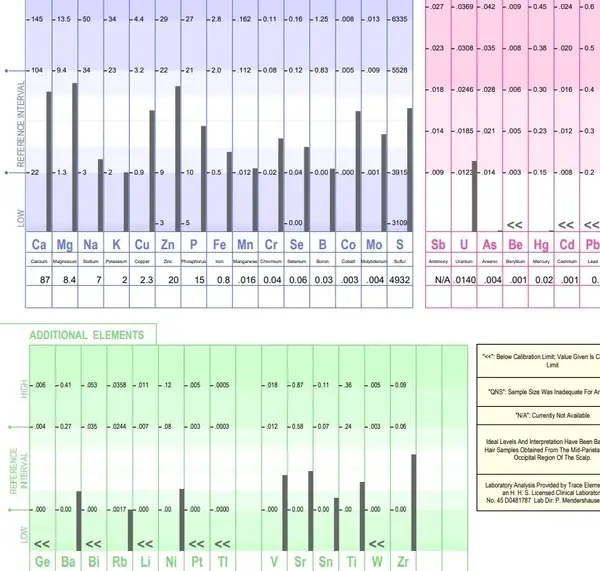The quick answer to this question is yes, but not necessarily in the positive ‘loving’ way that some pro-copper advocates have make it out to be. While copper can certainly be considered an “emotional” element, at toxic levels it increases primarily the negative emotions (fear, panic, depression) – it can even numb ones feelings, leaving a person feeling “emotionally dead”. This ‘copper toxicity’ is indeed much more common than most people realize, yet is all but ignored (even denied) across most of the medical and mental health communities. Several websites proclaim copper to be the ‘love mineral’, yet they fail to explain the basic dichotomy of copper – excess levels can lead to the reverse of the benefits often promoted at healthy levels – both physical and mental. This article will hopefully shed light on copper’s true role on the emotions.
Copper, at a typical healthy level, does help in the release of endorphins that contribute to normal feelings of love and euphoria. Manufacturers of copper containing products have used this as a benefit in their marketing messages, calling copper a ‘love mineral’; and even some doctor-authored websites simply regurgitate that message without further explanation. Doing so has caused much misunderstanding and damage to relationships, especially when the reader is lead to believe copper toxicity enhances “love”, when in fact it is the complete opposite – too much copper can destroy love. Broken relationships are extremely common as a result of copper toxicity. High levels of copper accumulation trigger negative emotional states (fear, anger, irritability, anxiety, panic, etc), while at the same time deadening those positive feelings of love.
“Anyone who becomes highly copper toxic will begin to experience a deadening of his/her feelings.” ~ The Strands of Health
Copper tends to stimulate the diencephalon, our ‘old brain’. Zinc on the other hand is needed for the new brain (cortex) – the brain associated with the “higher emotions” such as reasoning, compassion and love. As zinc drops and copper rises, these higher emotions are weakened and the person tends to revert to using the old brain (also called the animal/lizard brain or emotional brain) – triggering a wide array of negative emotions and behaviours. “Copper toxicity causes “excessive emotions of many types such as anger, rage, frustration and others.”[1]
Furthermore, high copper can lead to a calcium shell (a rise in the tissue level of calcium as a defense mechanism against stress that reduces the adrenal response) which blocks feelings and awareness and can leave one emotionally numb. This Calcium Shell is explained more at www.coppertoxic.com/calcium-shell
“As excess copper and calcium increase in the cells and tissues, a calcium “shell” will build that will tend to block more and more feelings until the person no longer is aware of what is being felt and experienced. Such a person often talks of “not feeling anything” or being “numb” and “dead” emotionally. As the calcium shell builds, a person’s perception and awareness diminish. The overall psychological effect of excess copper is a loss of emotional control and awareness accompanied by diminished feelings and numbness.” ~Dr. Rick Malter, PhD
“Copper toxicity reduces the ability to cope normally with stress and the inability to respond adequately can provoke many fearful emotions, including anxiety and panic. In many cases, the body over-reacts to nearly any stress rather than under-reacting. This constantly puts the body into a full fight or flight defensive reaction which normally includes the emotions of anger and fear. This is why chronic stress and adrenal fatigue are often associated with anxiety, panic, phobias and compulsions” [2]
As copper builds up higher and higher, the adrenals tends to weaken and cortisol production may slow. When cortisol production is low, you are ‘constantly going into hypoglycemia, which can result in depression, irritability, mood swings, poor concentration, poor memory, dizziness, fatigue, sleepiness and many more unpleasant effects.’[3] If cortisol production is then stimulated, that can further affect emotional reactions:
“The main hormone that mediates stress response is cortisol which is directly toxic to nerve cells in the part of the brain (the hippocampus) that mediates memory and emotion – it kills them.” ~ Dr. Andrew Weil.
Another danger occurs when practitioners attempt to restore energy too quickly to a copper-toxic burnt out individual. Of course, the person wants their energy back. However, by stimulating the adrenals too quickly, the person may ‘feel better’ energetically, but with the mobilization of copper that can occur, also comes heightened anxiety and panic reactions if that copper is not efficiently being excreted. The boost to the adrenals stimulates adrenaline, and adrenaline is an anxiety and panic hormone. These reactions are especially strong when copper is mobilized into the blood stream. This underscores why the detoxing of excess copper needs to be done very cautiously, supporting first and foremost the excretory pathways, and with an understanding of the psychological reactions that may occur.
Oxytocin, known as the ‘love hormone’ or ‘cuddle hormone’ is important for behaviours including sexual arousal, recognition, trust, and bonding. As stress goes up (which also happens internally caused by rising copper and weakening adrenals), combined with external stressors, our bodies in time become more and more oxytocin deficient. This means that as copper toxicity builds up to a high level, oxytocin levels can drop, and the sexual arousal, recognition, trust and bonding that once existed between partners can become diminished. Symptoms of oxytocin deficiency can include generalized depression, heightened anxiety, social isolation, mistrust, resistance to intimacy affection and relationships, phobias, panic attacks, and sleep difficulties to name a few.
“Copper lowers dopamine (a neurotransmitter that controls the brain’s pleasure and reward centers) and increases norepinephrine (another neurotransmitter that also functions as a stress hormone) in the brain. Imbalances in these important neurotransmitters are related to anxiety and panic disorders, depression (especially postpartum), bipolar disorder, ADHD, autism, violence, and paranoid schizophrenia.” ~ Dr. William J. Walsh, PhD, Author of Nutrient Power: Heal Your Biochemistry and Heal Your Brain
Though many of these emotional connections to a key mineral imbalances are often ignored, the price of such ignorance has led to countless cases of women or relationship struggling (previewed through www.coppertoxic.com/cases-stories) where this education was never provided. To learn more about copper toxicity and a detailed explanation of its emotional effects, visit www.coppertoxic.com/emotions.
- http://www.healingaia.com/blog-resources/nutritional-balancing/common-imbalances/depression/
- http://www.naturalhealthprotocol.com/copper-toxicity.html
- http://www.westonaprice.org/health-topics/metals-and-the-mind/








